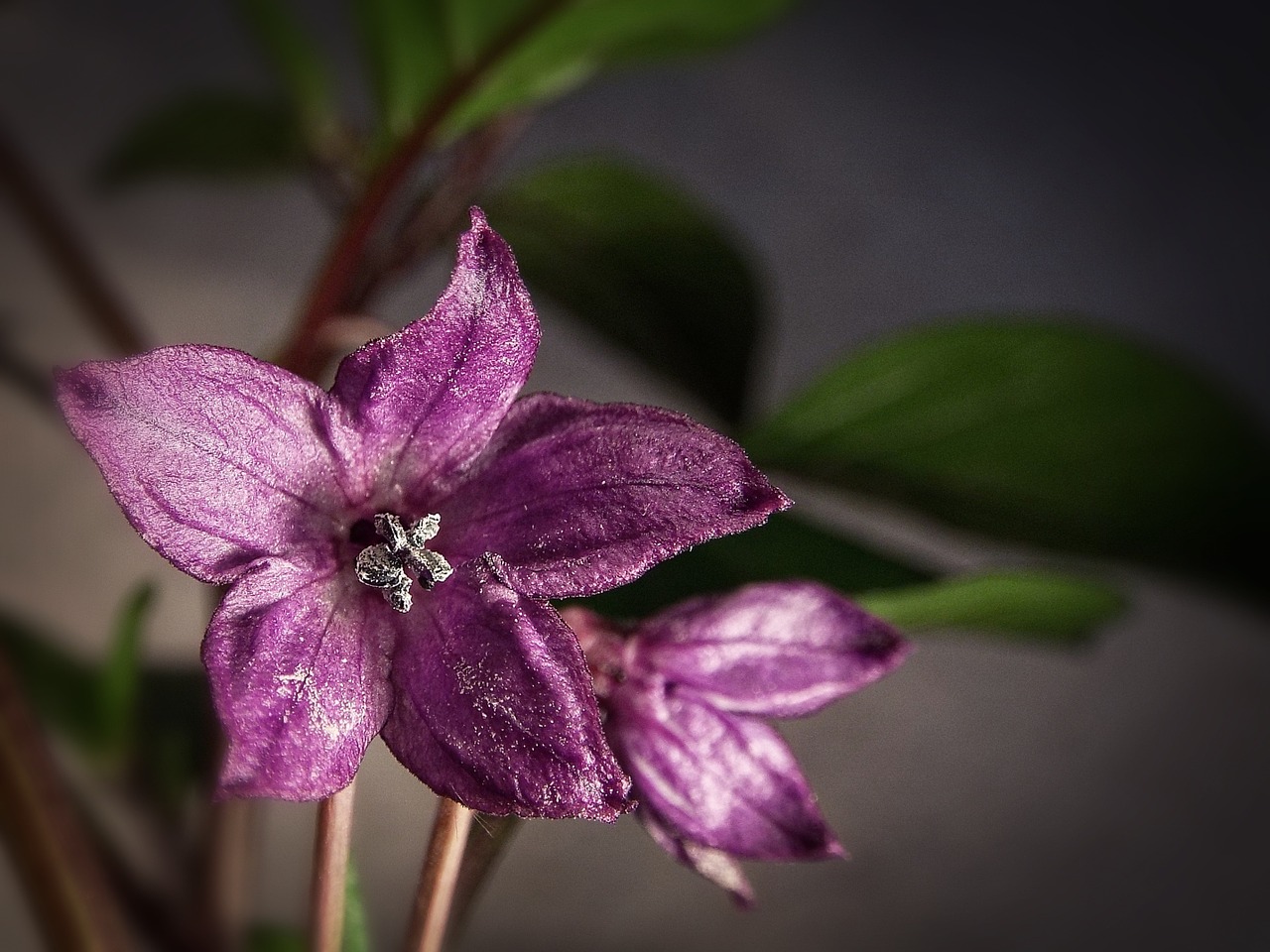
Are you struggling with growth and yield for flowering plants inside your home? Many of the common flowering vegetables, such as broccoli, kale, tomatoes, and peppers, can thrive indoors in a hydroponic setup. But if you have any experience with hydroponics, you know that it can be tricky to get a good yield from indoor plants—unless you get their environment just right. Fortunately, we’ve got you covered with the best ways to boost growth for indoor flowering plants.
Pump up the grow lights
Increasing light intensity is quite possibly the number one way to improve plant growth. If you can implement only one strategy for improving the size and yield of your indoor flowering plants, we recommend installing HID or LED grow lights. Think of light as the food for your plants—that is basically what it is. What do you do if you want to fatten up an animal? You feed it more. The same concept works for plants. Feed them more light and growth increases.
How can you tell if your plants are not getting enough light? You can catch this problem in the seedling stage. If the plants are stretching up tall, they are trying to reach more light. Unfortunately, stretching is not usually a good thing and leads to the stem falling over. When you see extra tall seedlings, it’s time to pump up the light intensity.
Consider CO2 generators
During the flowering stage of plant growth, you can effectively increase the amount of light a plant can use for food by increasing the level of CO2 in the air. Remember that more “food” means more growth. Of course, CO2 generators will only work in a sealed grow room, and you will need to protect yourself when entering the room. Mushroom kits are a natural way to add more CO2 to a sealed grow room.
There is one caveat about the effectiveness of using CO2 generators, however. They will not make any difference if you do not have bright enough lights on the plants. That’s because CO2 allows your plant to absorb more food from light. If your plant is not already absorbing its maximum, then added CO2 is doing nothing. Focus on your grow lights first.
Check your temp
Well, not your temperature. But check the temperature and humidity in the area where you are growing your plants. Just like the right climate and weather are crucial to outdoor plant growth, your indoor plants will thrive the most when you find their sweet spot for indoor climate. Note that your grow lights can also affect this. If you see leaves starting to wilt and turn brown, you may have your lights positioned too close to the plants.
Temperatures that are too cold are usually not an issue inside. But if you let your growing area get above 80 degrees, you will definitely start to see a negative effect on most flowering plants. Humidity levels are just as important. Too humid and your plants begin to absorb fewer nutrients and may begin to mold or rot. Too dry and your plants will go into dehydration mode, again absorbing fewer nutrients. You can make sure your grow room is at just the right humidity level by installing a simple and inexpensive hygrometer.
Taking the time to get these basic items right will make a huge difference in indoor yields. Look for more growth tips from Indoor Cultivator on Facebook.
